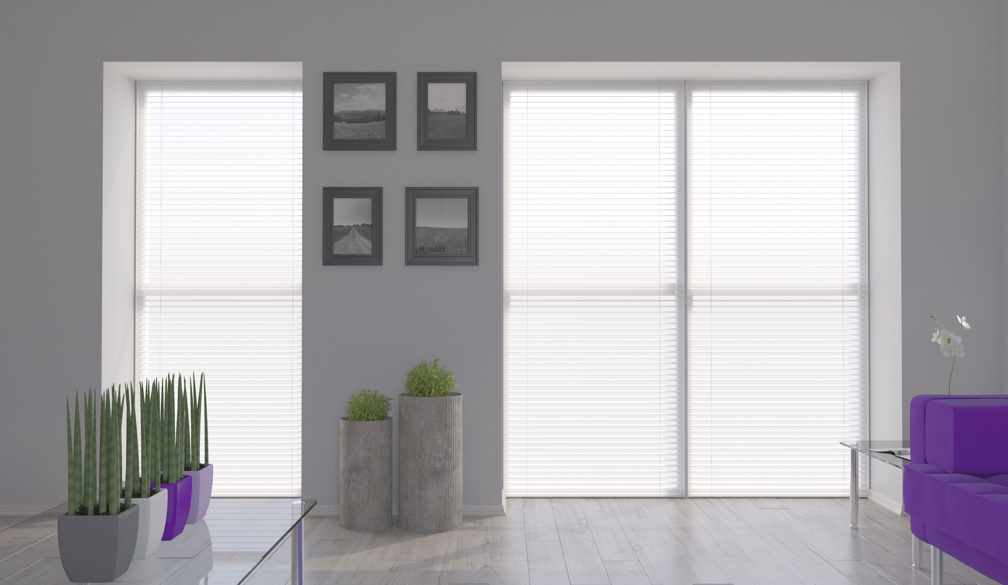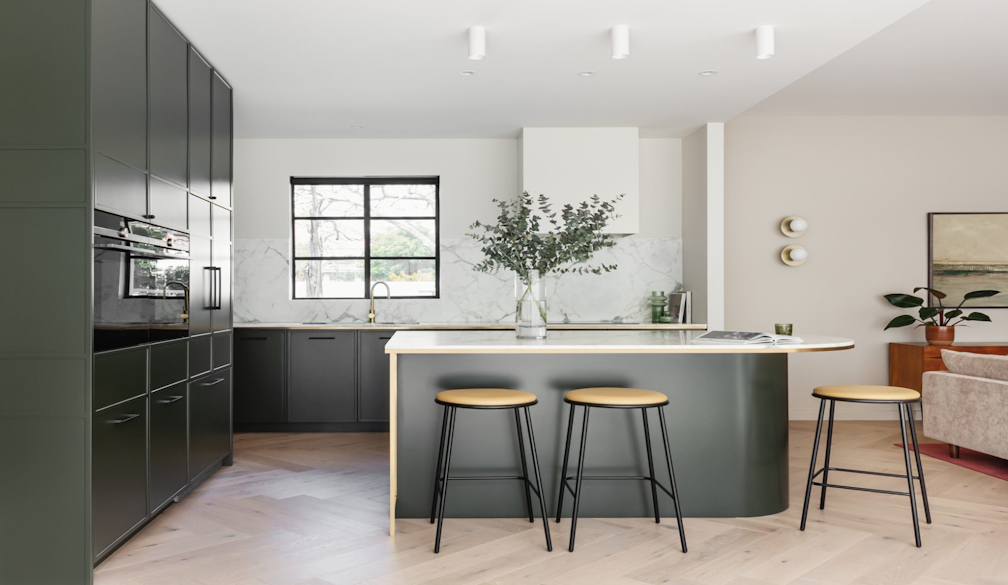Why Every Workspace Needs a Whiteboard

In a world increasingly dominated by digital communication tools and cloud-based collaboration platforms, the humble whiteboard remains a powerful and irreplaceable tool in both professional and educational environments. Whether it’s brainstorming ideas in a corporate meeting room or explaining complex equations in a classroom, the whiteboard provides a fast, clear, and flexible way to visualise and communicate information.
As businesses and schools continue to adapt to hybrid work and learning models, the demand for reliable, functional whiteboard solutions is still going strong. But what makes this simple tool so essential across different industries and environments?
The Benefits of Using a Whiteboard
The main reason a whiteboard continues to be relevant is its versatility. Unlike permanent boards or chalkboards, whiteboards allow for quick writing, easy erasing, and ongoing modifications. They are ideal for team collaboration, visual planning, teaching, presenting, or simply jotting down reminders.
A whiteboard supports real-time engagement. In meetings or classrooms, people naturally gather around it to participate, sketch out ideas, or map processes. It fosters discussion, encourages visual thinking, and helps break down complex concepts into manageable parts.
It’s also cost-effective. Compared to digital screens or projection systems, a high-quality whiteboard requires very little maintenance and can be used for years with minimal costs for markers and erasers.
Different Types of Whiteboards
When choosing a whiteboard, understanding the different types available can help you make the right selection for your space. The most common types include magnetic, non-magnetic, mobile, glass, and wall-mounted boards.
Magnetic whiteboards are especially popular in offices and classrooms because they allow users to attach documents, notes, and accessories using magnets. Non-magnetic boards function purely as writing surfaces, but they’re often more affordable.
Glass whiteboards offer a sleek, modern appearance and superior durability. They don’t stain or ghost like traditional surfaces, making them ideal for design studios, executive offices, and collaborative spaces where aesthetics and longevity matter.
Mobile whiteboards come with wheels and can be moved easily between rooms, making them perfect for dynamic workplaces or educational environments that require flexibility. Wall-mounted boards are fixed and offer a permanent solution for dedicated meeting rooms, lecture halls, or home offices.
Whiteboards in the Workplace
In business environments, a whiteboard is far more than a writing surface — it’s a productivity tool. Teams use it for strategy sessions, project timelines, mind mapping, or quick updates during daily stand-ups. It creates a focal point during discussions and allows everyone to visualise goals and action items clearly.
Sales teams use whiteboards for tracking KPIs, setting targets, and visualising pipelines. Creative teams use them for storyboarding, concept development, and design planning. Even solo workers benefit from having a whiteboard nearby for outlining tasks, writing reminders, or mapping out workflows.
The simplicity of the whiteboard supports spontaneity. When ideas strike, there's no need to wait for software to load or navigate menus — just grab a marker and start writing.
Whiteboards in Educational Settings
Classrooms have long relied on whiteboards as a teaching aid. Compared to blackboards, whiteboards offer clearer visibility, cleaner surfaces, and a quieter, more allergy-friendly experience. They are ideal for illustrating concepts, working through problems, and encouraging interactive participation.
Teachers can easily change and update content on the fly, and students can be invited to solve problems or share their thoughts directly on the board. This active involvement improves retention and understanding, especially for visual and kinesthetic learners.
Modern classrooms often combine whiteboards with digital tools, projecting lessons onto them or using interactive whiteboard technology to enhance the learning experience.
Choosing the Right Size and Placement
When selecting a whiteboard, size and placement are key factors. For small offices or home workspaces, a compact wall-mounted board might be ideal. In larger meeting rooms or classrooms, a wide-format board ensures everyone can see the content clearly from any angle.
Consider where the whiteboard will be most effective — near the centre of the workspace, close to a workbench, or adjacent to a team seating area. Accessibility and visibility should guide the placement, along with adequate wall space and lighting conditions.
If mobility is important, a rolling whiteboard with dual-sided surfaces offers maximum usability and can be moved where needed.
Maintaining Your Whiteboard
To keep a whiteboard in good condition, regular cleaning is essential. Use dry-erase markers specifically designed for whiteboard surfaces and clean with a soft cloth or whiteboard eraser after each use. Avoid using permanent markers or ink that may stain the surface.
Over time, some boards may show signs of ghosting — where faint writing remains visible after erasing. This can usually be managed with proper whiteboard cleaning sprays or is avoided altogether by choosing higher-quality materials such as glass.
With proper care, a well-made whiteboard can remain an effective and clean writing surface for years.
Whiteboards in the Age of Hybrid Work
The rise of hybrid work has changed how teams collaborate, but it hasn’t eliminated the need for tools like the whiteboard. In fact, many businesses now use digital whiteboard apps in conjunction with physical boards to connect in-office and remote team members.
Some modern whiteboards even come with digital integration, allowing users to capture written content, convert it to text, and share it with offsite colleagues. These smart boards combine traditional writing with digital functionality, making them ideal for hybrid teams.
Still, the tactile and visual benefits of a physical whiteboard can’t be fully replaced. Having one available in meeting rooms or workspaces allows for immediate ideation, offline focus, and collaborative brainstorming that’s hard to replicate on a screen.
Conclusion
Despite the abundance of digital tools, the whiteboard remains a staple in both work and learning environments. Its flexibility, clarity, and collaborative potential make it a must-have for brainstorming, planning, teaching, and presenting. Whether mounted on a wall or wheeled into a meeting room, a reliable whiteboard enhances communication, sparks creativity, and supports productivity. For any organisation or educational space looking to improve how they visualise and share ideas, investing in the right whiteboard is a simple but powerful choice.










